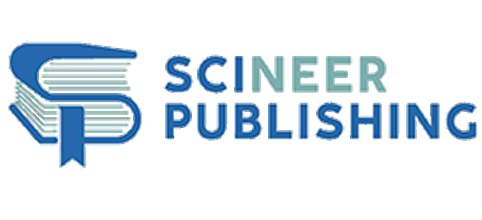Comparative Study on the Efficacy of Topical Antibiotics for Burn Wound Healing
Abstract
been used as frontline treatments to prevent and manage infection in burn injuries. This study aims to compare the clinical efficacy of commonly used topical antibioticsincluding silver sulfadiazine, mupirocin, and gentamicinin promoting burn wound healing and preventing
infection. Through a systematic review of existing literature and meta-analysis of clinical trial data, the study evaluates healing time, infection
rate, patient comfort, and adverse reactions. Findings indicate that while silver sulfadiazine remains the most widely used agent, mupirocin
demonstrates superior outcomes in superficial burns and lower infection rates, while gentamicin is more effective in wounds colonized by
gram-negative bacteria. These results support a more tailored approach to topical antibiotic selection, emphasizing antibiotic stewardship and
burn wound pathology. The study concludes with recommendations for clinical practice and future research directions.
Keywords
Full Text:
PDFReferences
[1] Zhao Minjuan. Effect of Moist Burn Ointment Combined with Mupirocin Ointment on Wound Healing and Scar Morphology in SecondDegree Limb Burns. New Chinese Medicine, 2024, 56(12): 6265.
[2] Hu Dongsheng. Effect of TAO Combined with rh-bFGF Gel on Symptom Resolution Time and Inflammatory Factors in Patients with
Deep Second-Degree Burns. Modern Medicine & Health, 2024, 40(09): 15021505, 1510.
[3] Xiao Yiwei, Yang Xinlei, Lei Lei, et al. Study on the Antibacterial and Wound Repair Effects of Zinc Sulfadiazine Ointment in Burn
Wounds. Northern Pharmacy, 2024, 21(02): 7375.
[4] Deng Xue, Li Ningjing, Liu Peng. Topical Application of rh-aFGF Combined with Hydrogel Dressing in the Treatment of SecondDegree Burn Wounds. Chinese Journal of Aesthetic Medicine, 2023, 32(11): 5053.
DOI: http://dx.doi.org/10.70711/pmr.v3i1.8069
Refbacks
- There are currently no refbacks.

